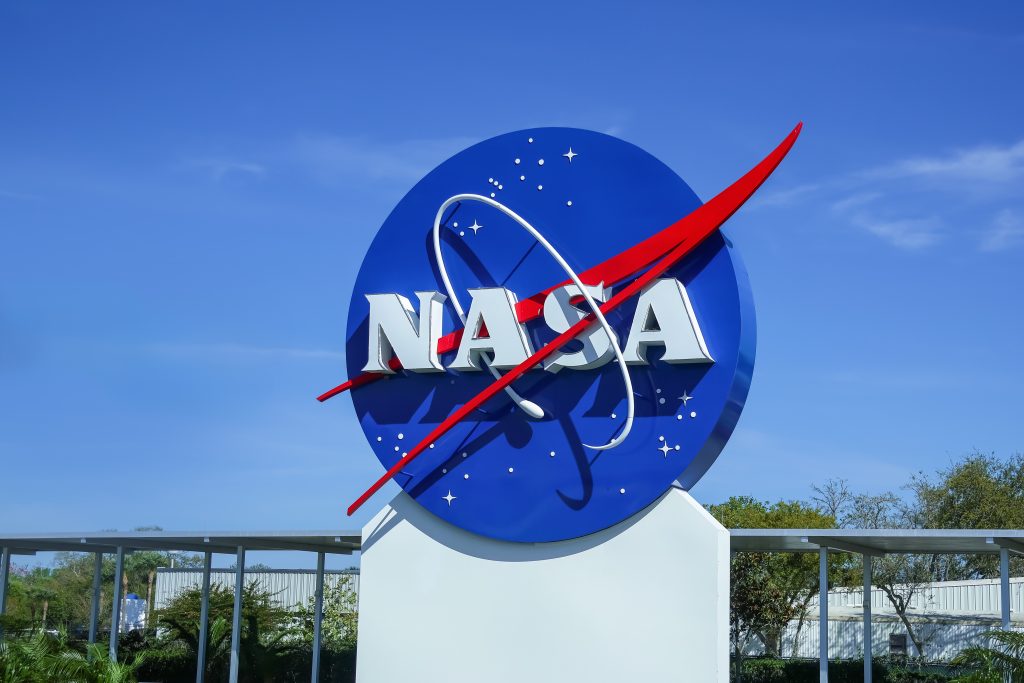
You might be surprised to learn that the agencies responsible for feeding the nation and exploring the cosmos are deeply intertwined. The US Department of Agriculture (USDA) and the National Aeronautics and Space Administration (NASA), two seemingly disparate entities, collaborate in a myriad of ways, from monitoring Earth’s climate to growing food in space.
“Climate change and understanding the climate is a key part of our mission,” explains Brad Doorn, a NASA program manager. “We look at the Earth as a living organism, and we need to monitor it to understand the changes occurring.”
This collaboration has a long history. “NASA has been involved in assessing agriculture on this planet since the early seventies,” Doorn notes. “We’ve been working with USDA and farmers to provide better information about agriculture and food supply.”
Doorn’s expertise in this area stems from his experience at both agencies. He previously served at the USDA, where he integrated satellite data into the World Agricultural Supply and Demand Estimates, crucial forecasts for global crop production.
One significant example of this collaboration is the US Drought Monitor. “Our climate sensors now allow us to understand groundwater changes much more effectively,” Doorn explains. “We provide data to the Drought Monitor on groundwater and soil moisture, crucial for farmers and water managers.”
NASA also provides open-source tools based on satellite data, such as the open ET product, which helps farmers understand water use and optimize irrigation.
Beyond Earth, NASA’s research into growing food in space has implications for sustainable agriculture on our planet. “The minute we started getting serious about going back to the moon and Mars,” Doorn says, “we realized the need to be able to grow food there. This research has significant implications for developing more efficient and sustainable agricultural methods here on Earth.”
Looking ahead, the collaboration between NASA and USDA will continue to evolve. “We’re now conducting impact assessments to understand how different management practices and crop choices affect various regions and ecosystems,” Doorn says. “This knowledge will help us develop more resilient and sustainable agricultural systems in the face of climate change.”
This partnership demonstrates how seemingly disparate fields can converge to address critical challenges. By combining space-age technology with agricultural expertise, NASA and USDA are cultivating a better future for both humanity and our planet.

















